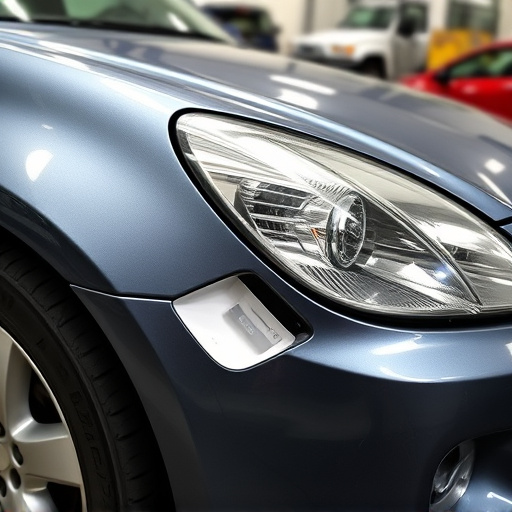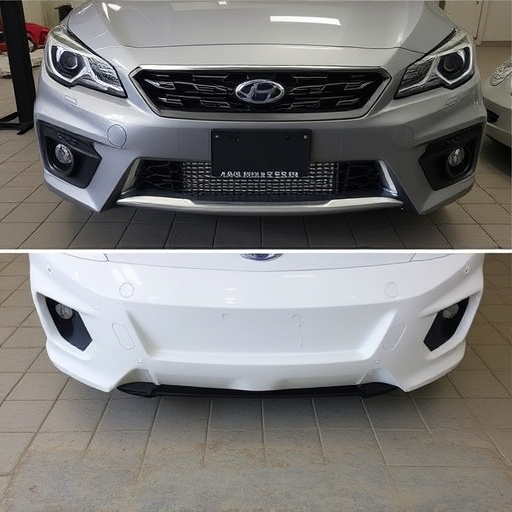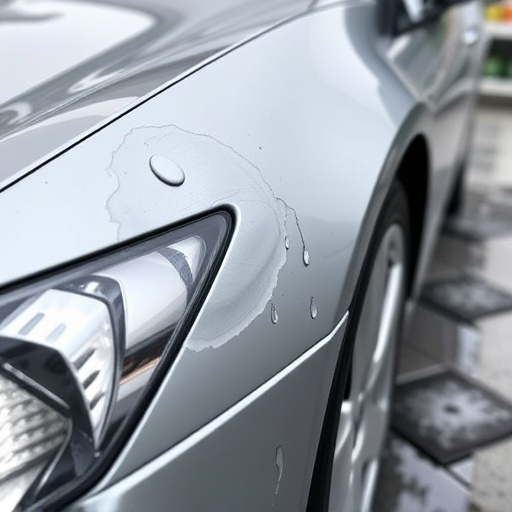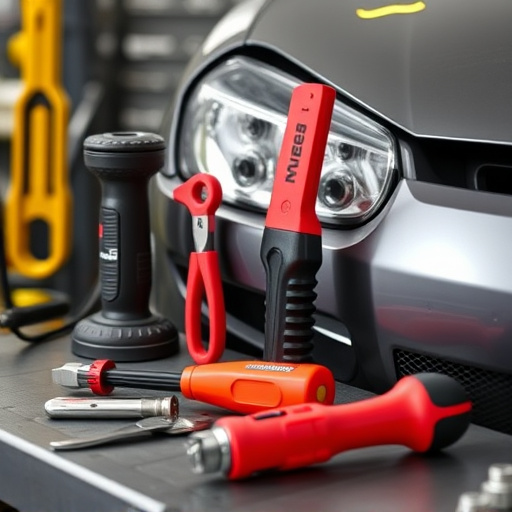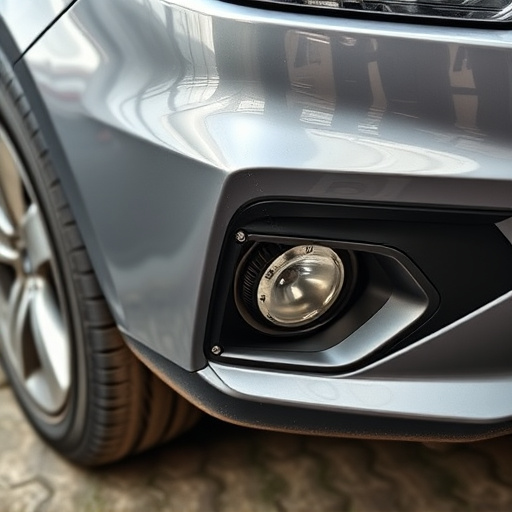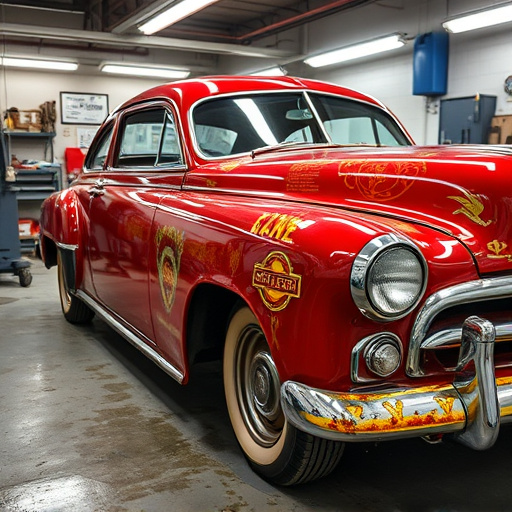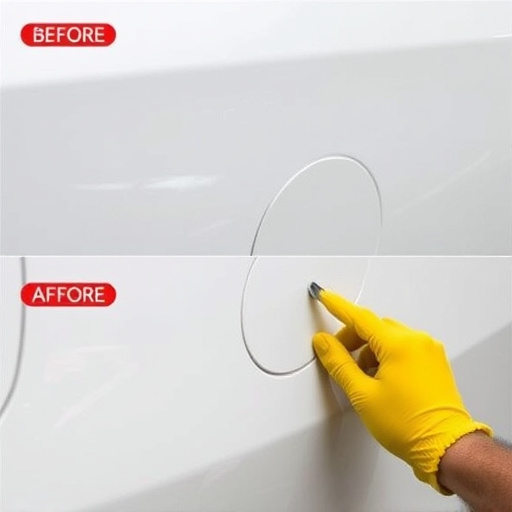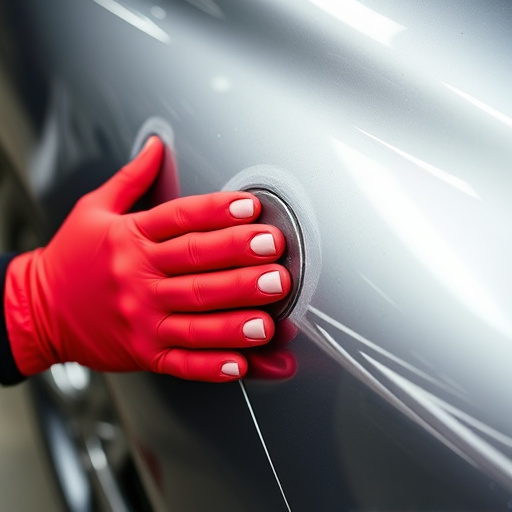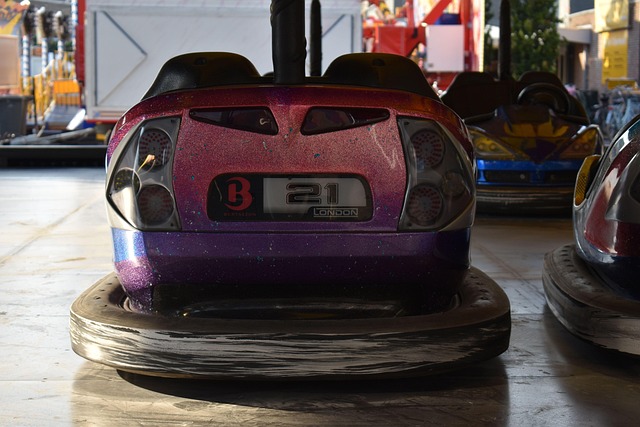After a car accident, successful preparation for a car crash repair service begins with a thorough vehicle assessment. Inspecting your car from all angles helps determine repairs needed and documents (insurance policies, police reports, service history) are crucial to streamline the process. Before visiting a service, inspect for visible and hidden damage; document incidents with detailed photos and file a police report for accurate and efficient car crash repair services.
“Getting ready for a car crash repair service can be stressful, but with the right preparation, you can navigate this challenging time more smoothly. This guide walks you through everything from Assessing Damage and Gathering Necessary Documents, including identifying visible and hidden issues and collecting crucial information like insurance and police reports. We then delve into Choosing the Right Car Crash Repair Service, offering tips on research, understanding repair facilities, and comparing estimates. Finally, we prepare you for the Actual Repair Process, helping you communicate expectations, understand timelines, and make necessary arrangements.”
- Assessing Damage and Gathering Necessary Documents
- – Identifying visible damage and potential hidden issues
- – Documenting the incident with photos and reports
Assessing Damage and Gathering Necessary Documents

After a car accident, the first step in preparing for a successful car crash repair service is to assess the damage to your vehicle. Carefully inspect your car from all angles, looking for dents, cracks, or any other visible impairments. This process will give you an initial idea of the extent of the repairs required and help you prepare accordingly.
Gathering essential documents is another crucial aspect. Ensure you have your vehicle’s insurance policy details to hand, as well as any documentation related to the accident, such as police reports or witness statements. These documents are vital for streamlining the repair process and ensuring a smooth auto body repair or auto body restoration. Additionally, having your vehicle’s service history available can be beneficial for the technicians, as it provides them with valuable information about its previous maintenance and any specific considerations for the vehicle bodywork.
– Identifying visible damage and potential hidden issues
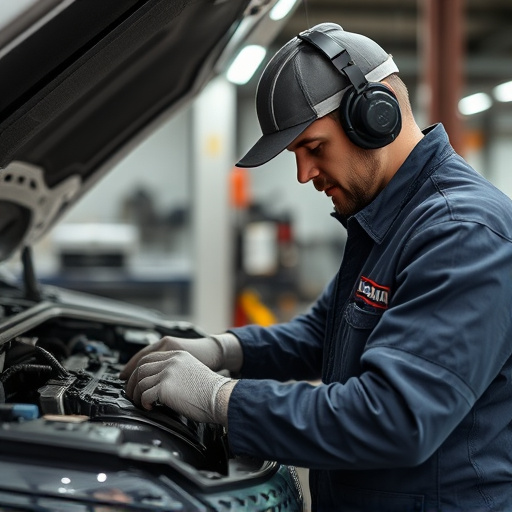
When preparing for a car crash repair service visit, it’s crucial to assess your vehicle thoroughly before the professionals arrive. Start by inspecting visible damage; look for dents, scratches, cracked windows, or any misalignments in panels and lights. However, be aware that sometimes what seems like minor cosmetic issues can signal deeper structural problems.
Hidden issues such as damaged frame components, torn interior linings, or compromised safety systems (like airbags) may not be immediately apparent. To uncover these potential problems, check for unusual odours, fluid leaks, and any strange noises coming from the vehicle. A pre-service inspection by you can provide valuable insights to car crash repair services, ensuring a more accurate and efficient repair process for your vehicle.
– Documenting the incident with photos and reports
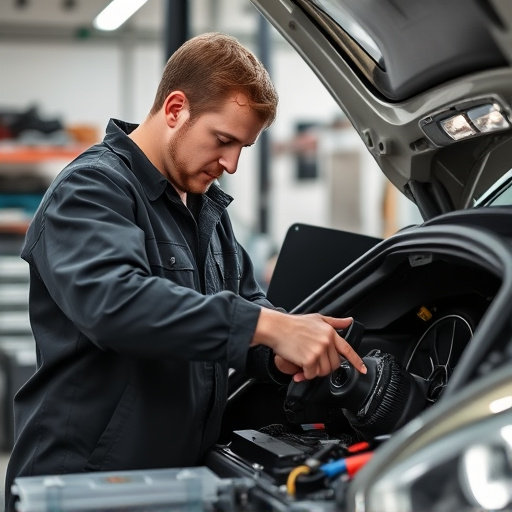
After a car accident, documenting the incident is a crucial step in the car crash repair service process. Capture detailed photos of the damage from various angles to provide collision center technicians with a comprehensive view of what needs to be repaired. Additionally, file a police report to have an official record of the event, which can be useful for insurance claims and future references.
These records serve as essential documentation that aids in facilitating the car body repair process. They ensure that every dent or scratch is accounted for, enabling a more precise and thorough vehicle dent repair. Having this information readily available helps streamline communication between you, your insurance company, and the collision center, minimizing confusion and potential delays during the repair process.
When preparing for a car crash repair service visit, thorough documentation is key. By assessing both visible and potential hidden damage, along with gathering all necessary documents, you’ll ensure a smoother process and a more accurate repair. Remember to capture detailed images and compile comprehensive reports to facilitate effective communication with the repair team, making it easier to get your vehicle back on the road in top condition.

